Podcast: Play in new window | Download
Subscribe: Apple Podcasts | RSS
Guest: Phil Vabre and Maurice Austin
Host: Dave Homewood and James Kightly
Recorded: 13th of November 2015, at Essendon, Australia
Duration: 1 hour 30 minutes 30 seconds
In this episode, in the Wings Over Australia sub-series, co-hosts Dave Homewood and James Kightly are given a guided tour of The Airways Museum at Essendon Airport, Melbourne, by Phil Vabre and Maurice Austin. The museum is unusual as an aviation-themed museum that has no aeroplanes, but it more than makes up for it with fascinating display of technological wizardry from through the ages that has all contributed to various forms of aerial navigation and safety when flying across the vast continent of Australia, and around the world. Phil and Maurice demonstrate and explain the various eras of Airways technology in a most entertaining and hands on way.
The following photos should hopefully assist the listener in understanding the many items being discussed.
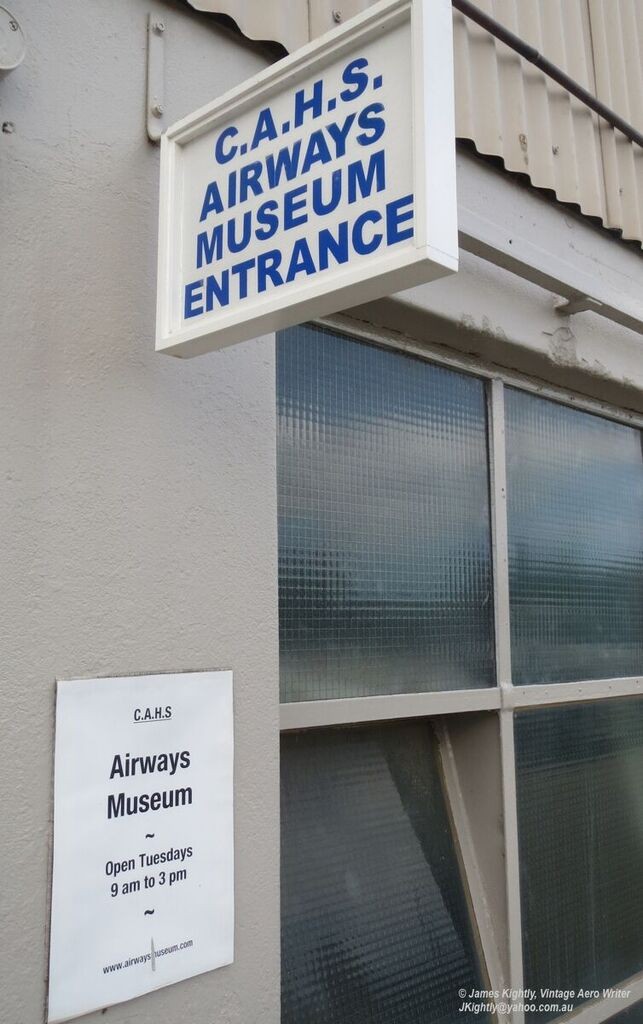
The Civil Aviation Historical Society’s Airways Museum at Essendon Airport, Melbourne, Victoria (JDK)
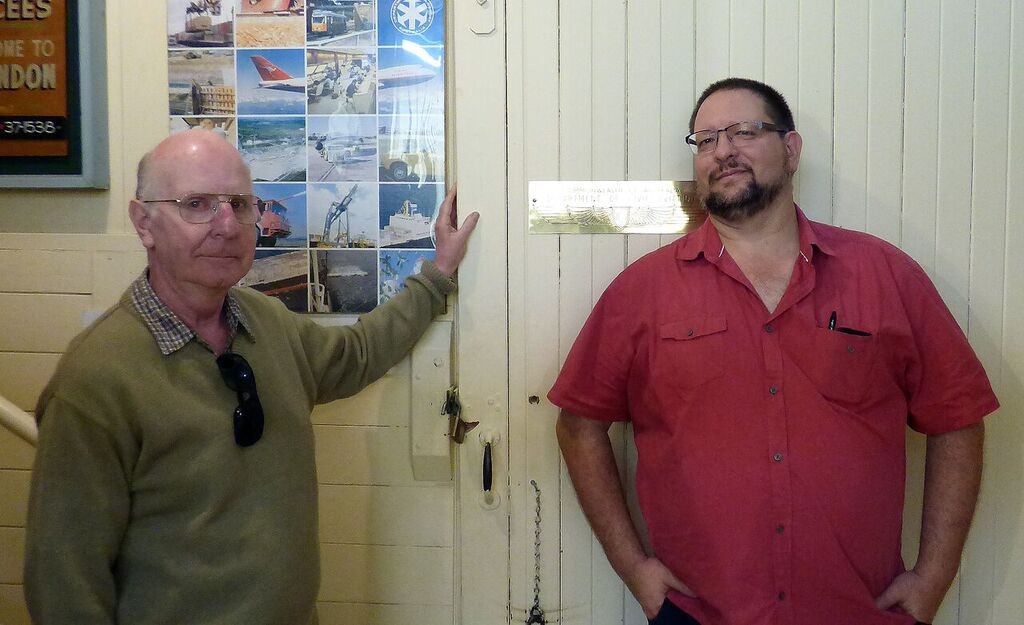
Our guides, Maurice Austin and Phil Vabre (DGH)
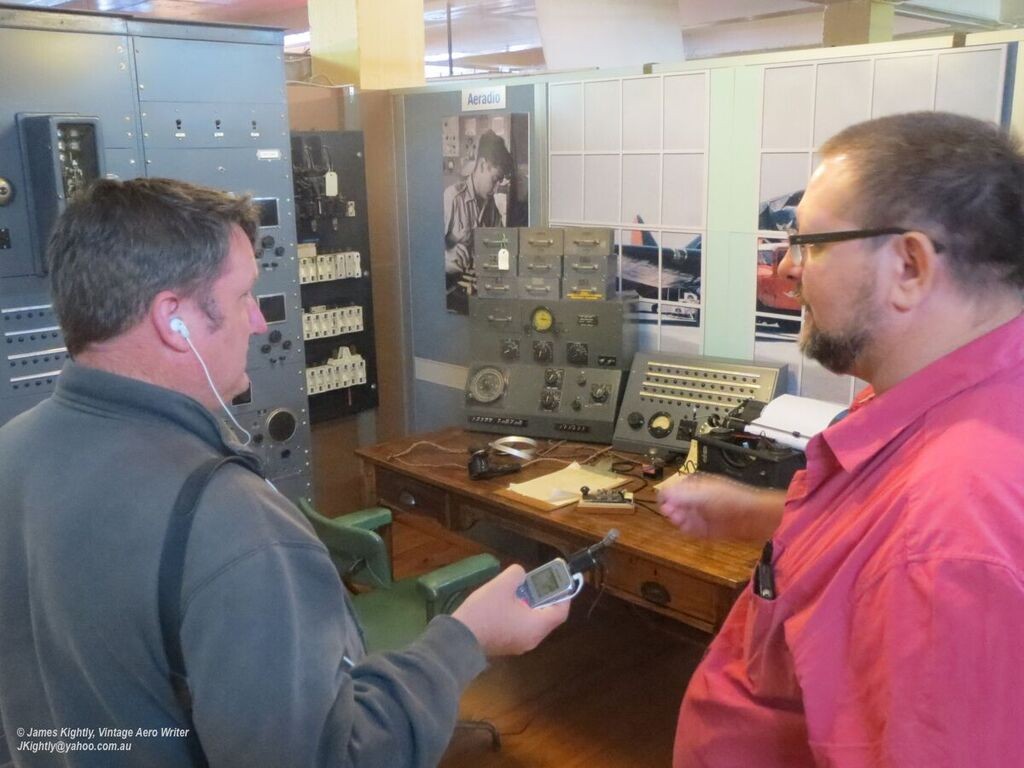
Phil (right) introduces the museum to Dave. Early Aeradio diorama in the background. (JDK)
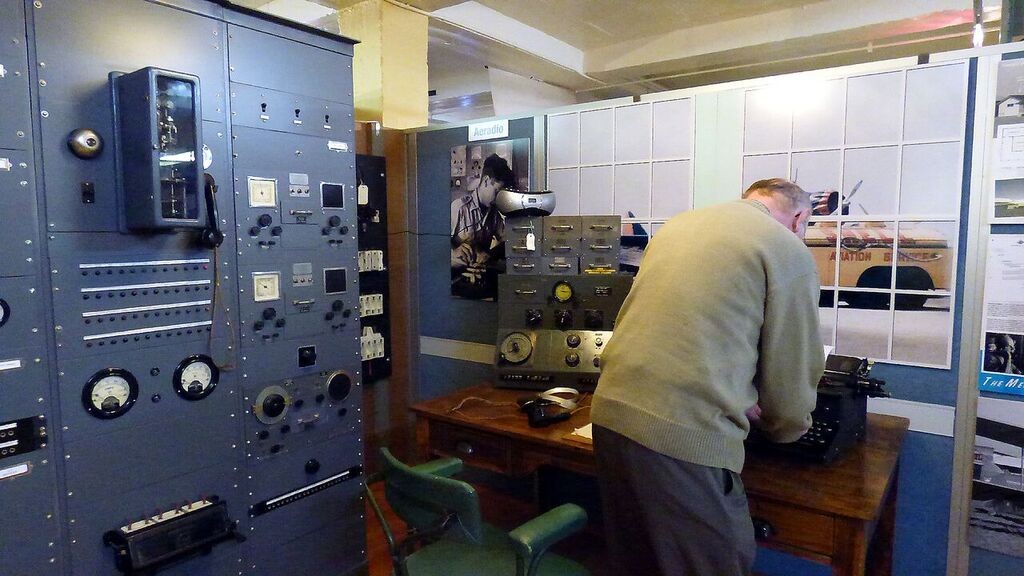
Maurice demonstrating the 1930’s typewriter (DGH)
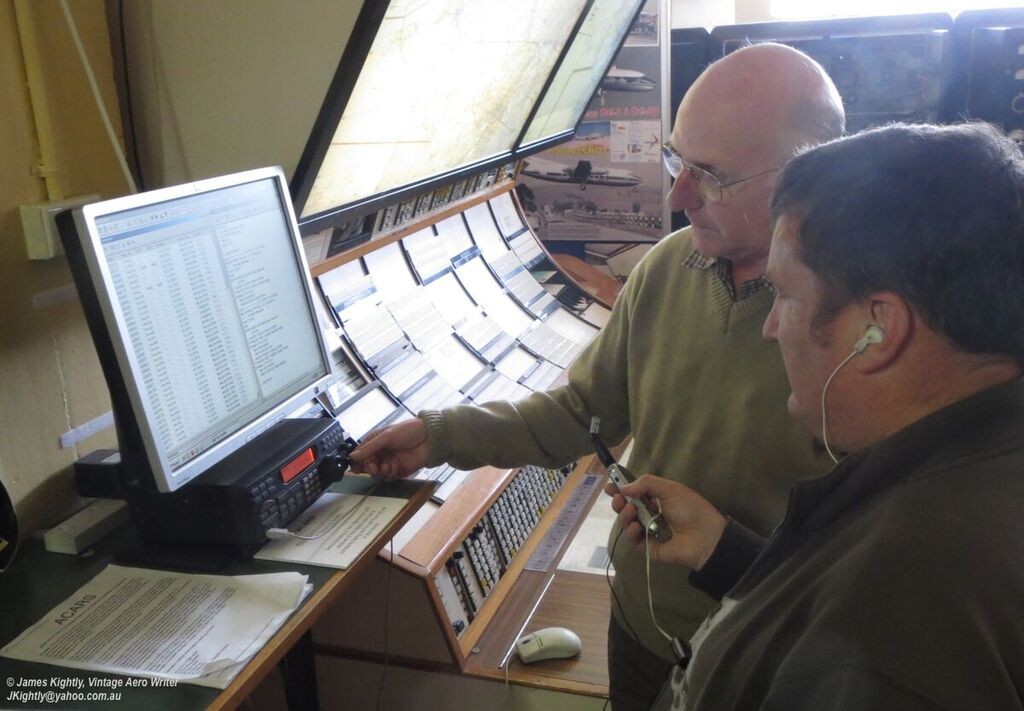
Maurice explains the ACARS system to Dave (JDK)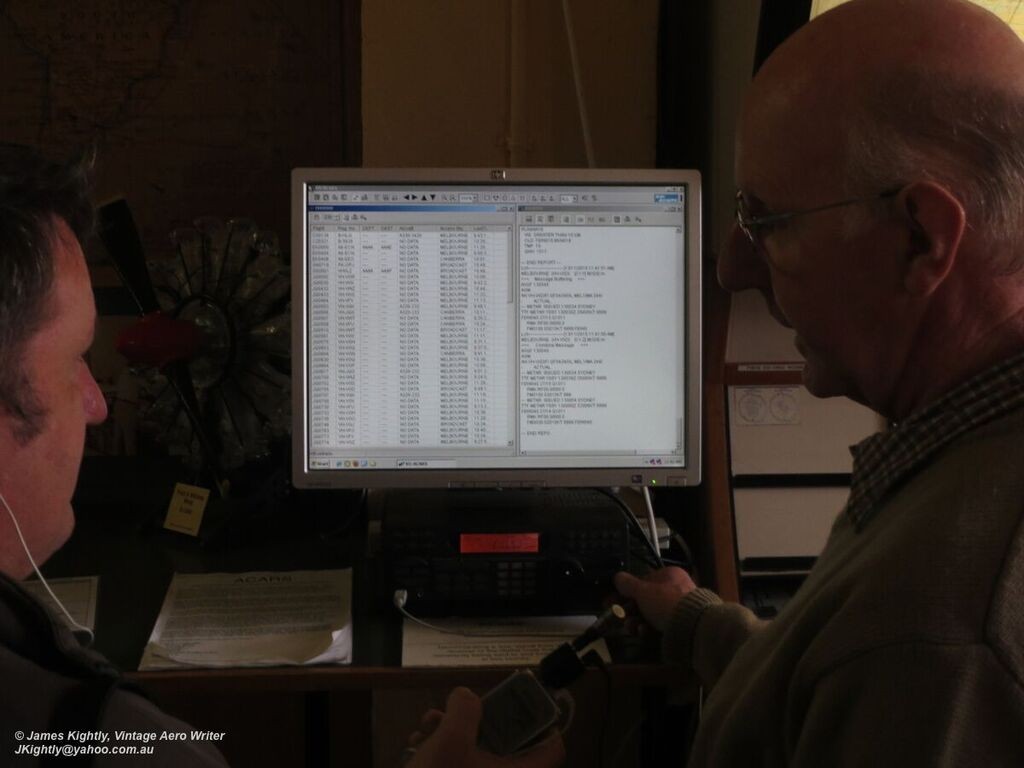
The ACARS readout decoded onto a standard PC screen (JDK)
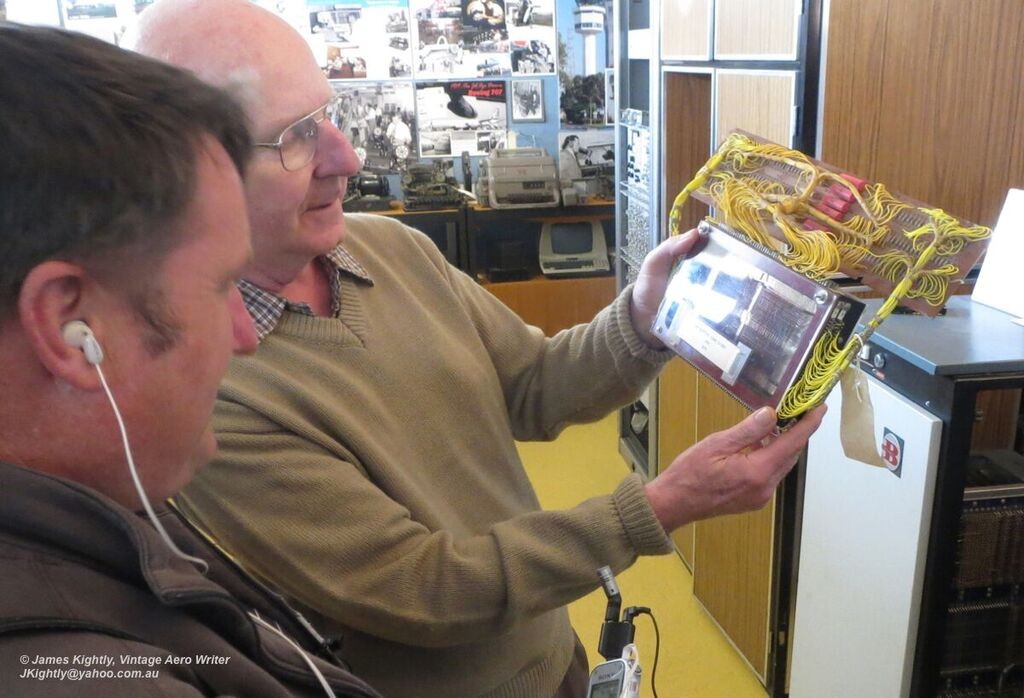
Computing power. A 1955 IBM. 2K buffer core store. (JDK)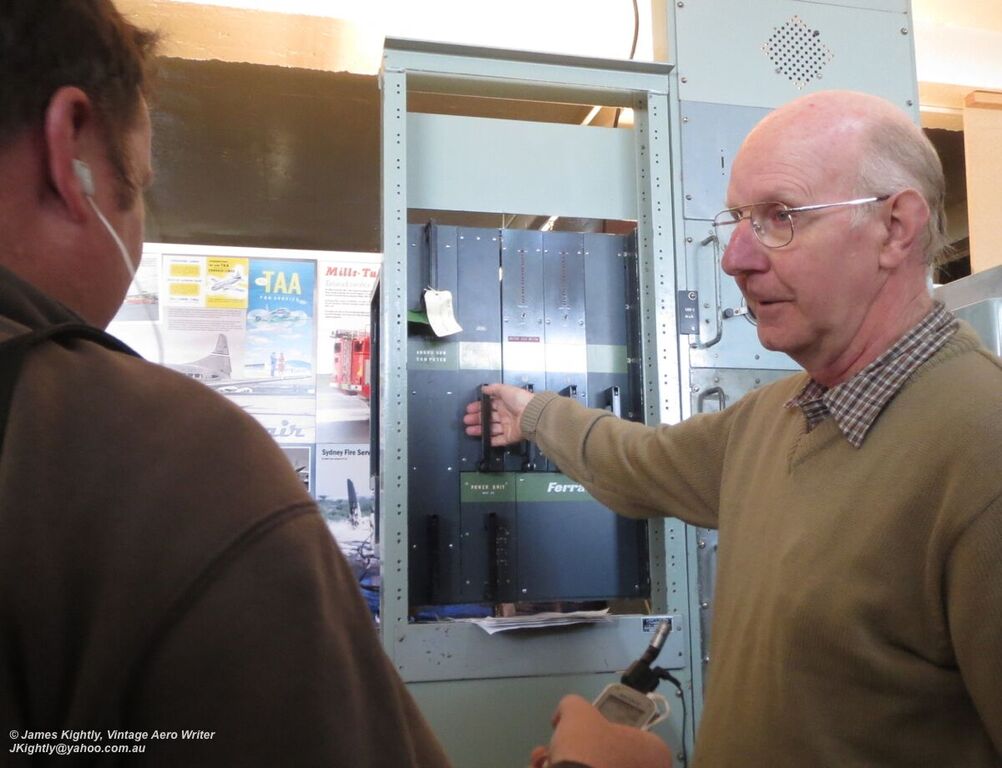
Ferranti 16K and 32K memory stores dating from the 1980s (JDK)
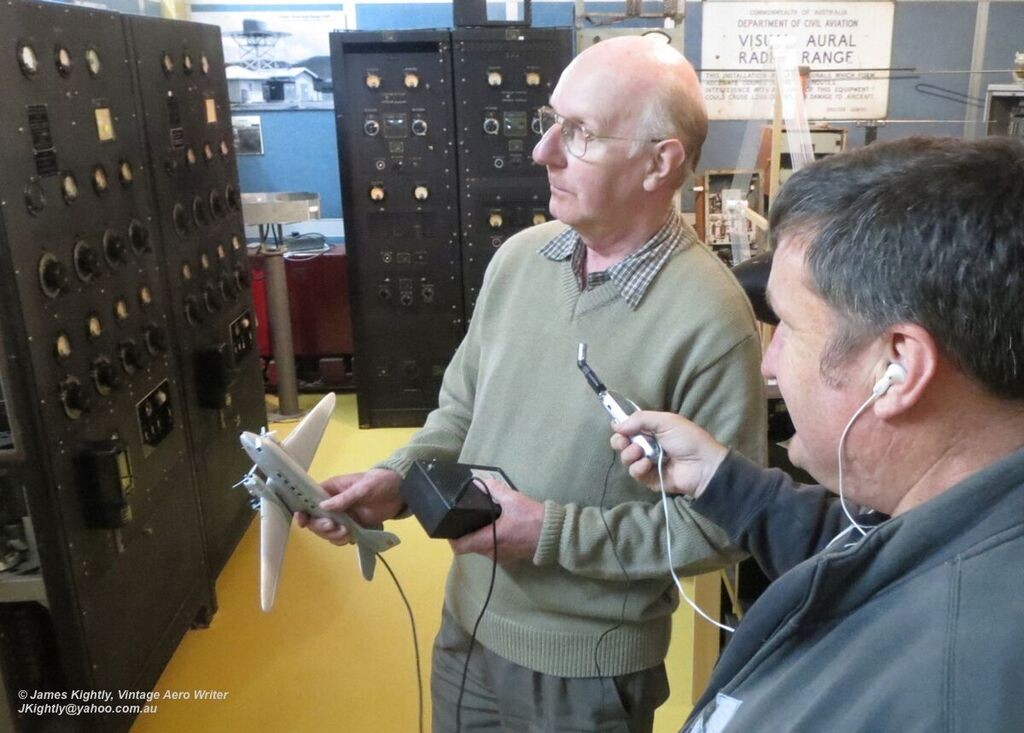
Maurice explains the Lorenz 33 Mc Radio Range beacon approach with the DC-3 model nearly ready to fly along the beam. (JDK)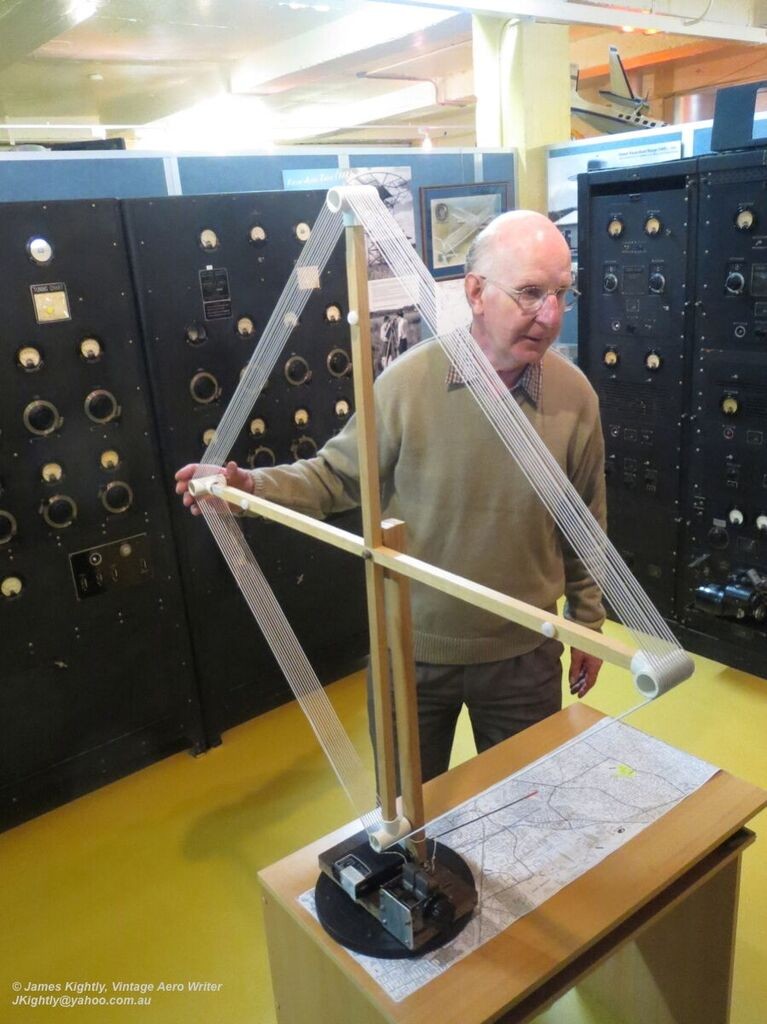
Maurice demonstrating radio direction finding using a transistor radio and homemade loop antenna to D/F on a local radio station. (JDK)
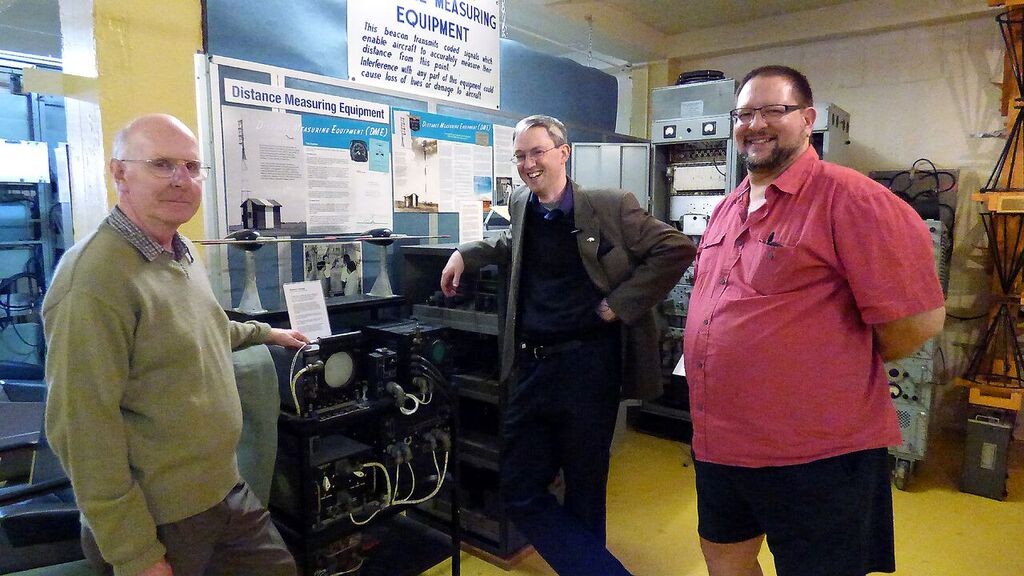
Left to right,Maurice, James and Phil (DGH)

Part of the Airways Museum’s Archives (DGH)
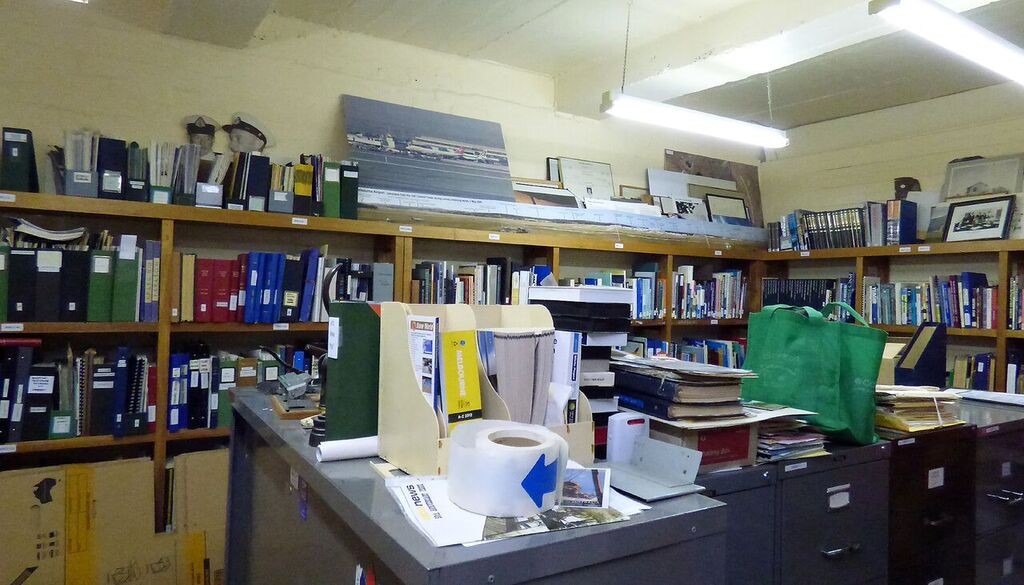
More of the Airways Museum’s Archives (DGH)
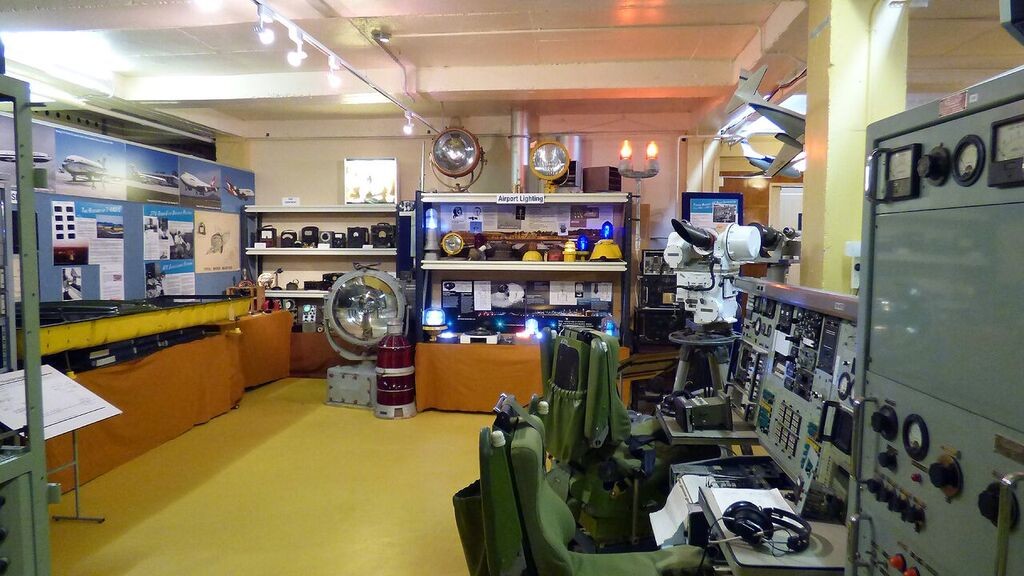
A general view in part of the museum (DGH)
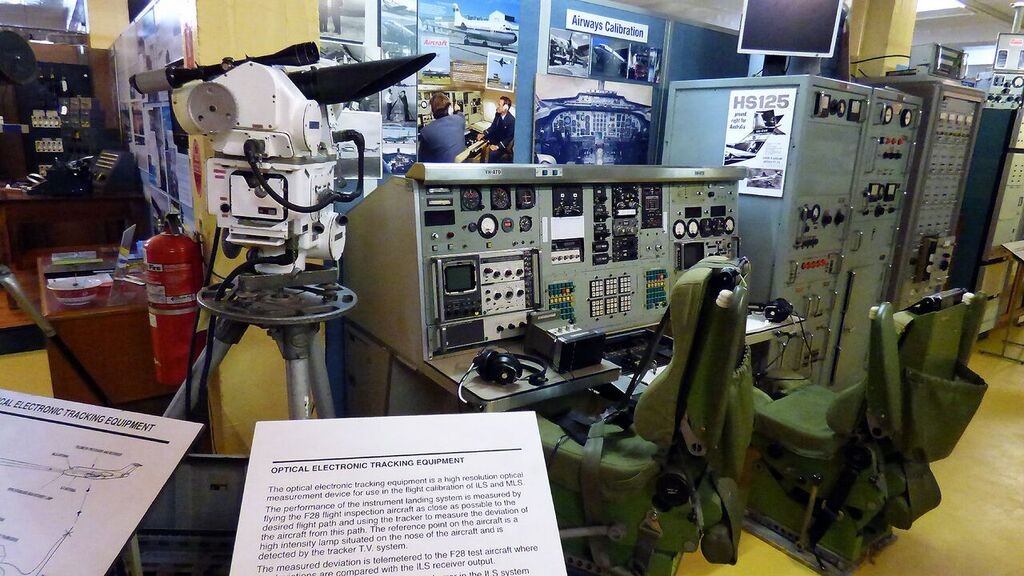
A general view in part of the museum (DGH)
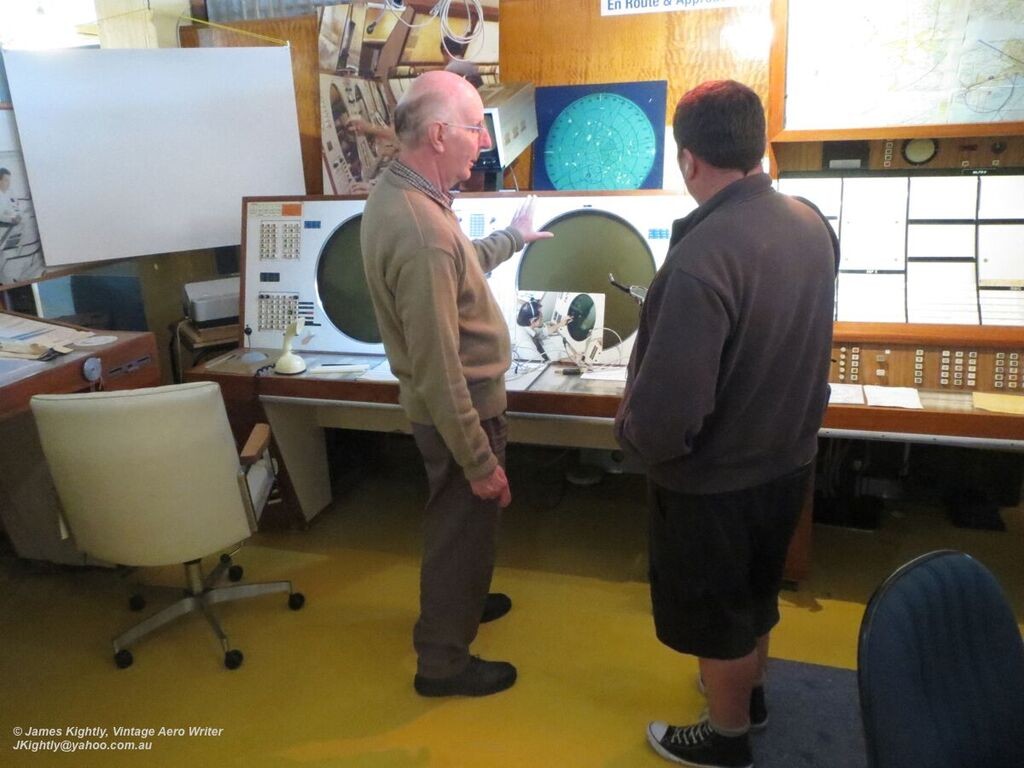
Maurice explains 1960’s Bright Display radar console we’re all ‘kind of’ familiar with from films. (JDK)
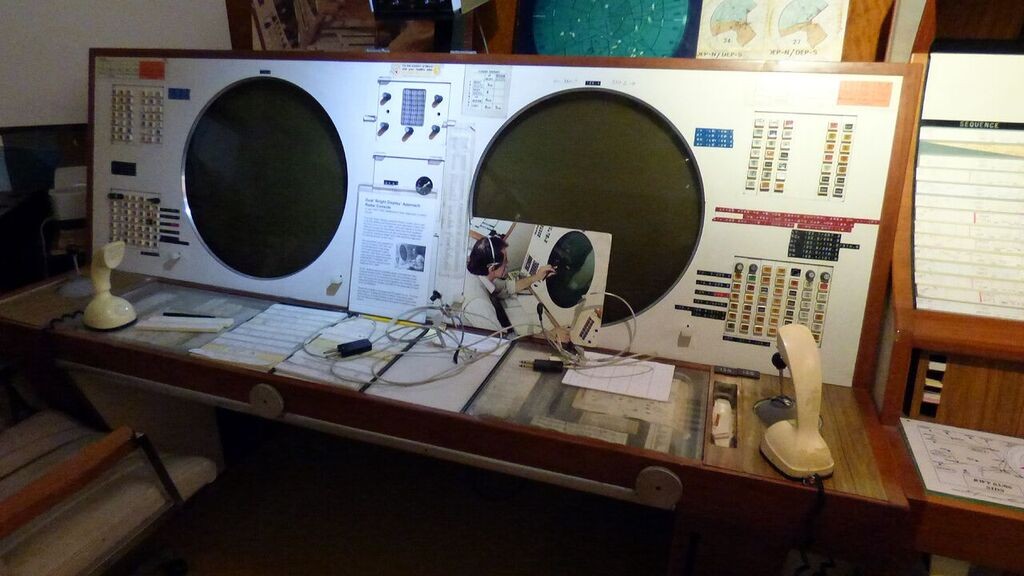
The 1960’s Bright Display radar console (DGH)
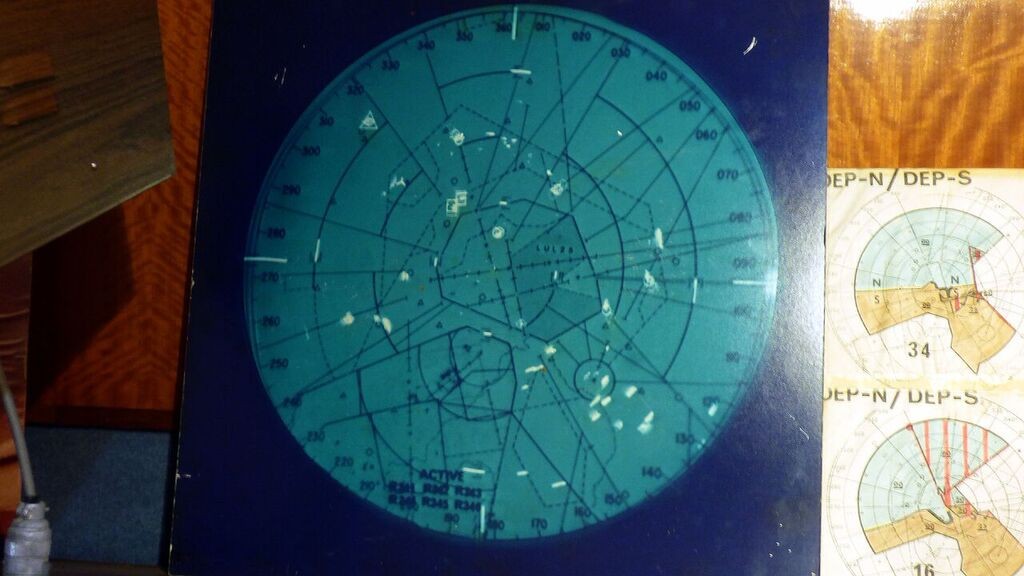
A representation of the radar screen with “Shrimp Boats” on it (DGH)
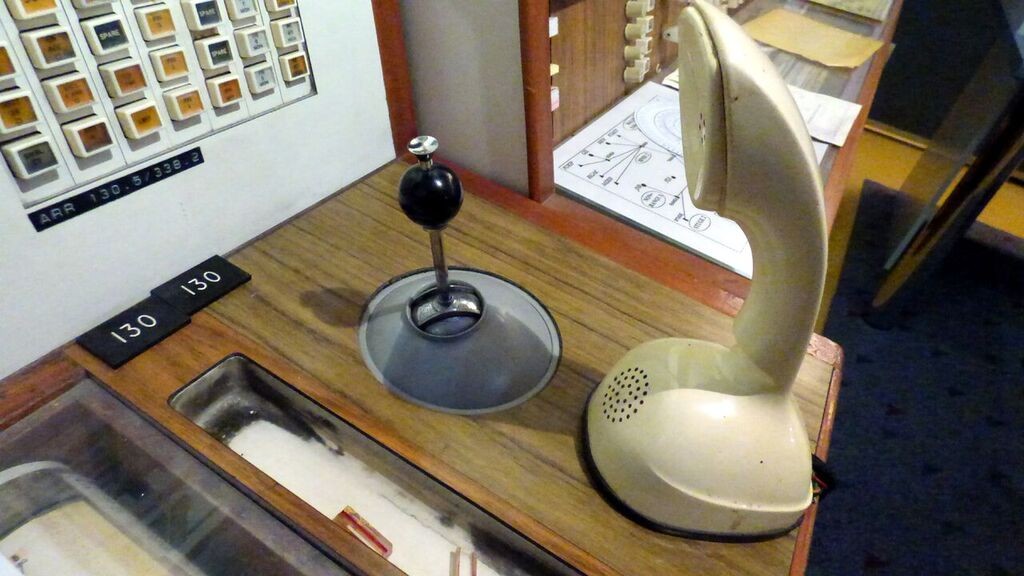
The communicator to talk with other controllers to hand off aircraft leaving your control sector (DGH)
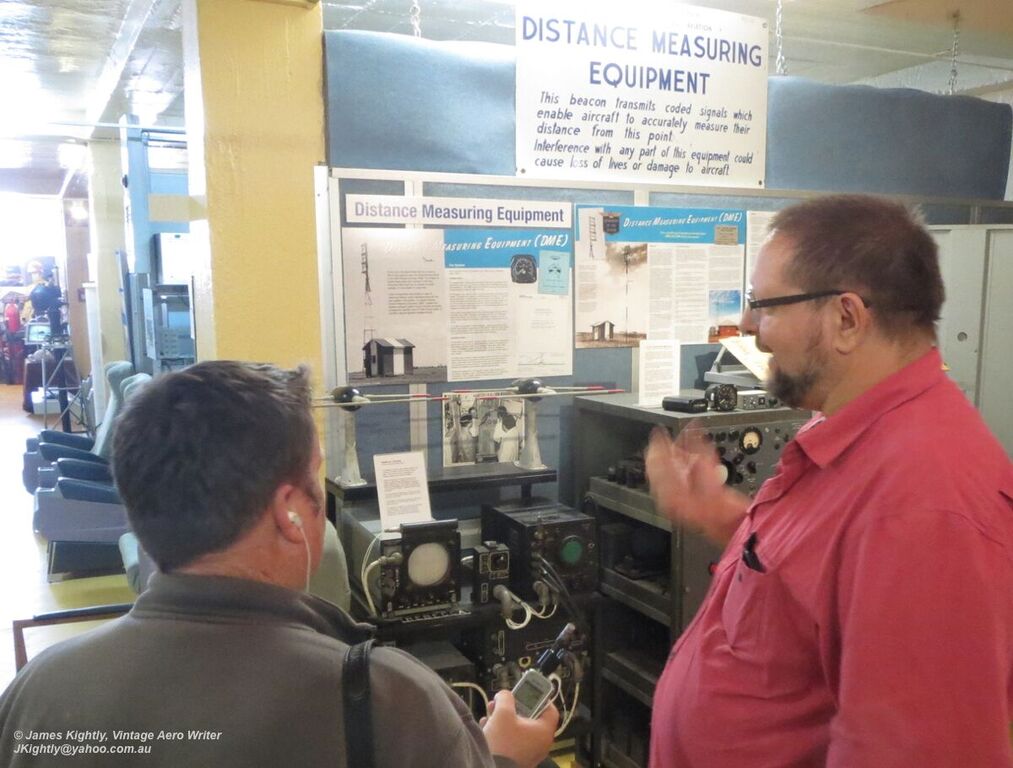
Phil describing the ‘Rebecca-Eureka’ system, wartime predecessor of Distance Measuring Equipment (DME). (JDK)
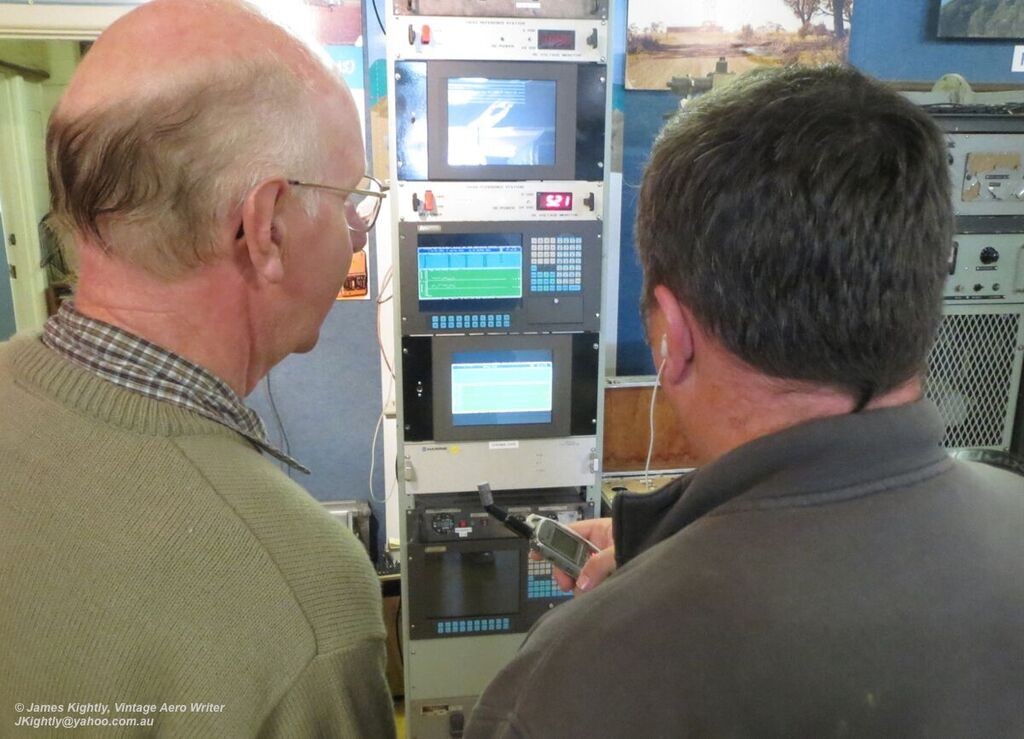
The Russians are watching – but with a 20 metre error. The Ground-based Regional Augmentation System (GRAS), used to increase the precision of satellite-based navigation instrument approaches.(JDK)
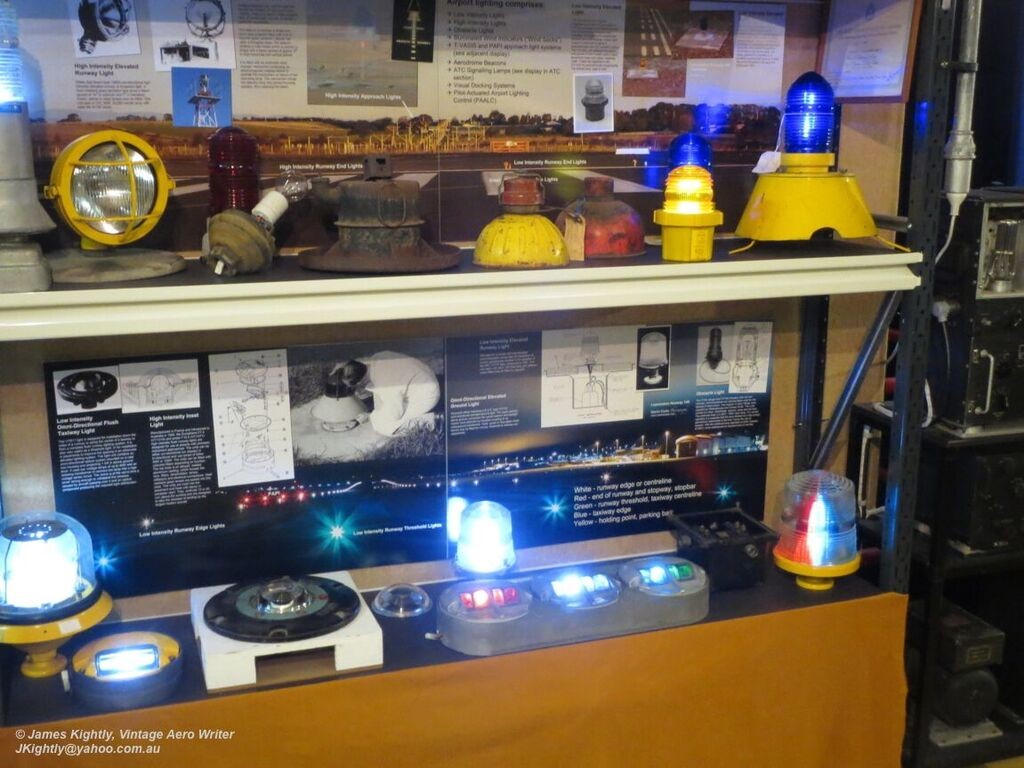
A brilliant display of airfield lighting. (JDK)
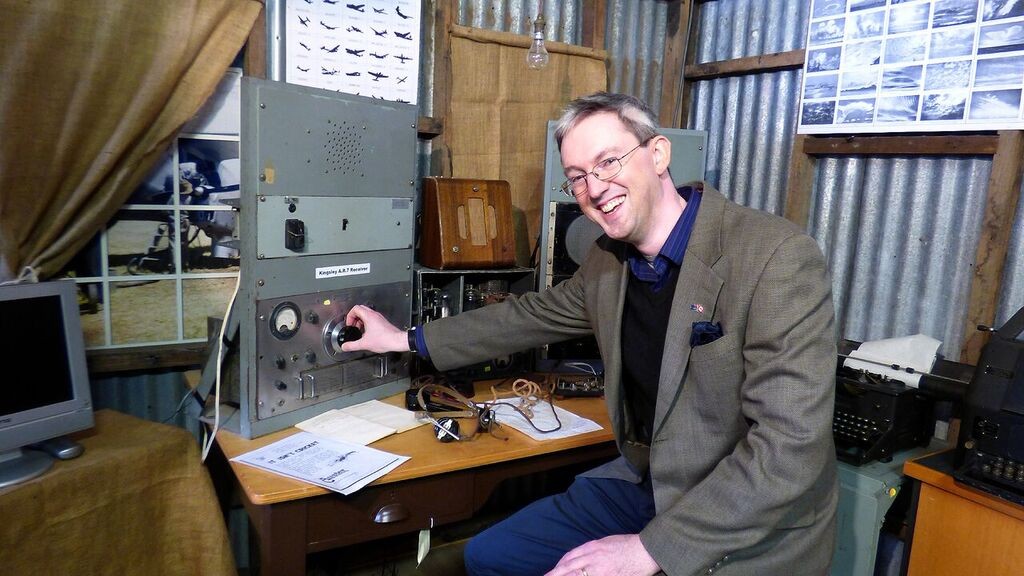
James in the replica 1940’s wartime station (DGH)
Below – Photos of the mural at the entrance to the Airways Museum (All DGH)
Civil Aviation Historical Society & Airways Museum
The music heard in this episode is “Diga Diga Doo”, by Bob Crosby and his Orchestra, provided by Matt Austin via his original 1930’s portable gramophone.
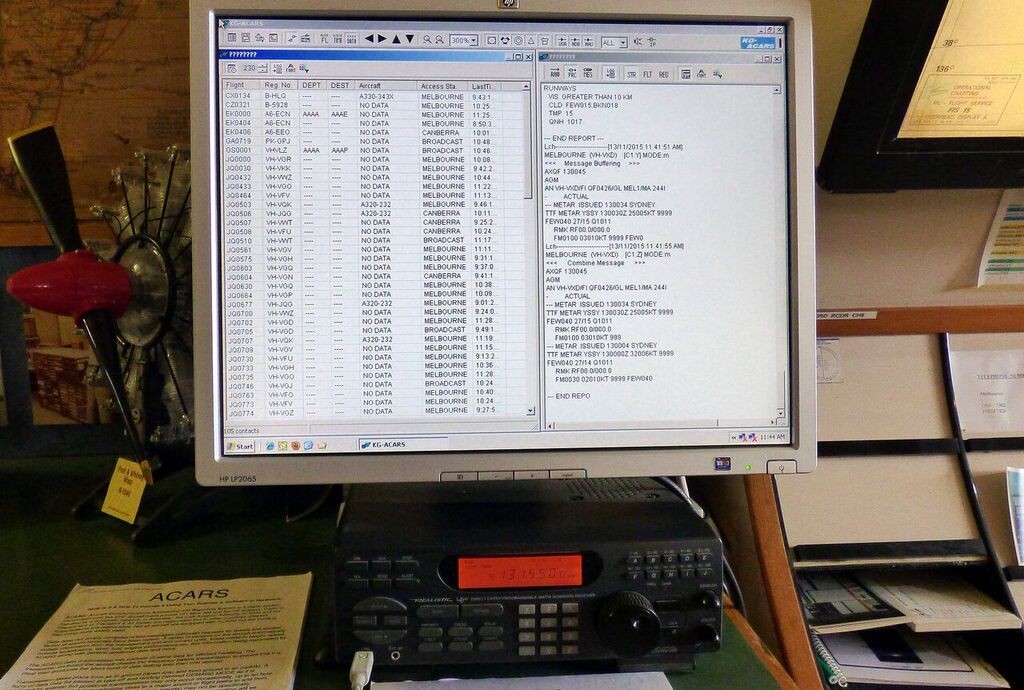
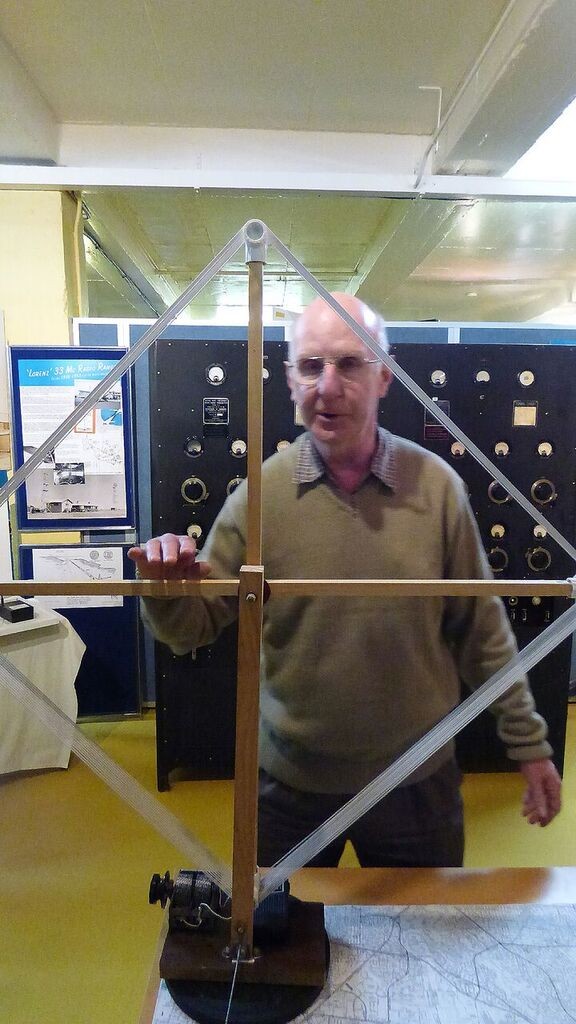
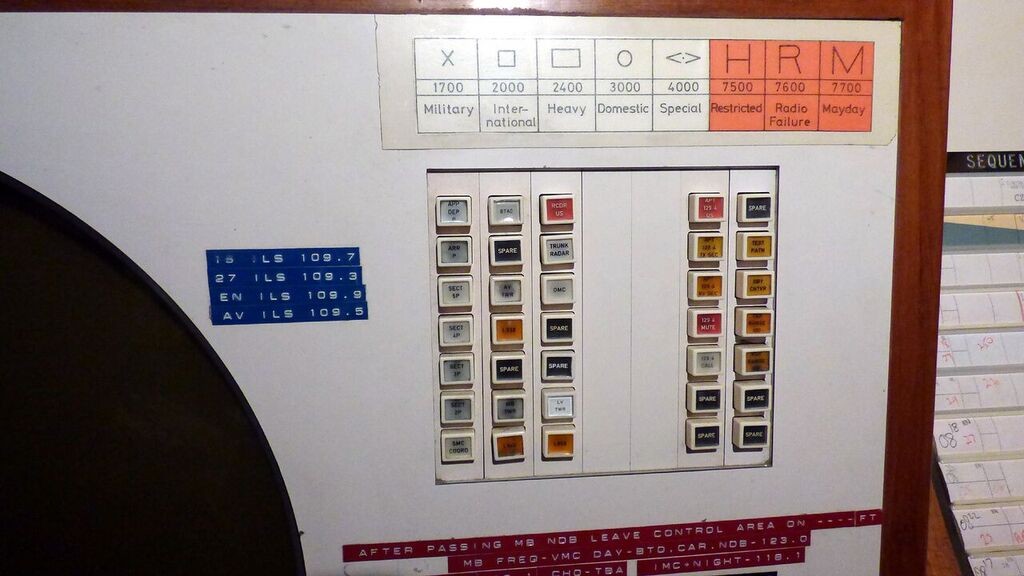
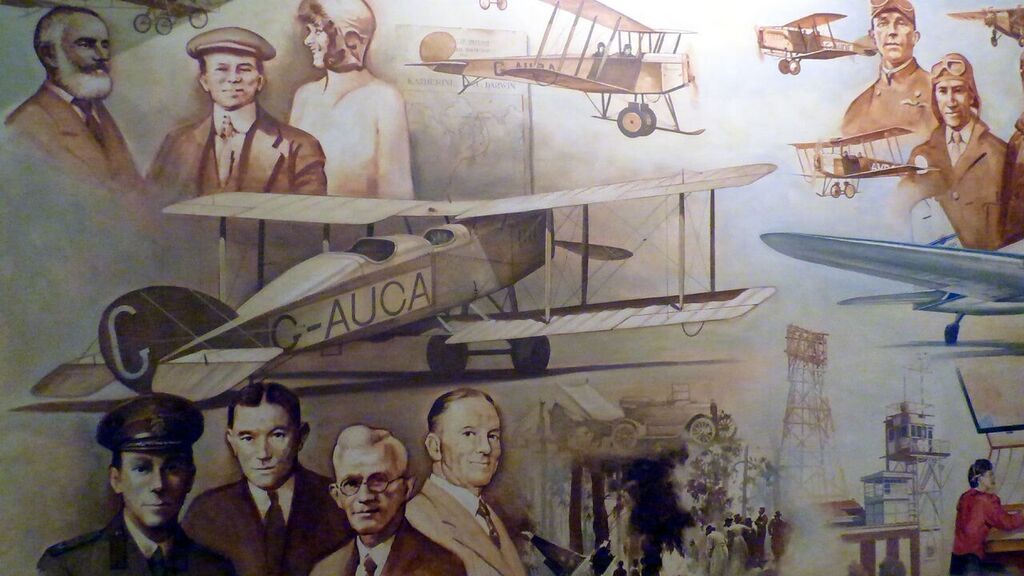
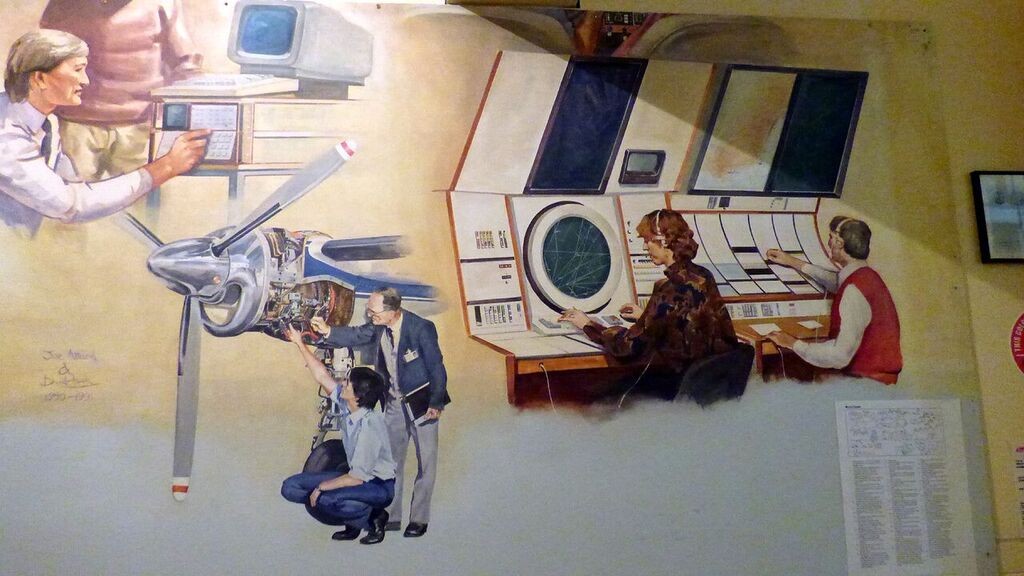
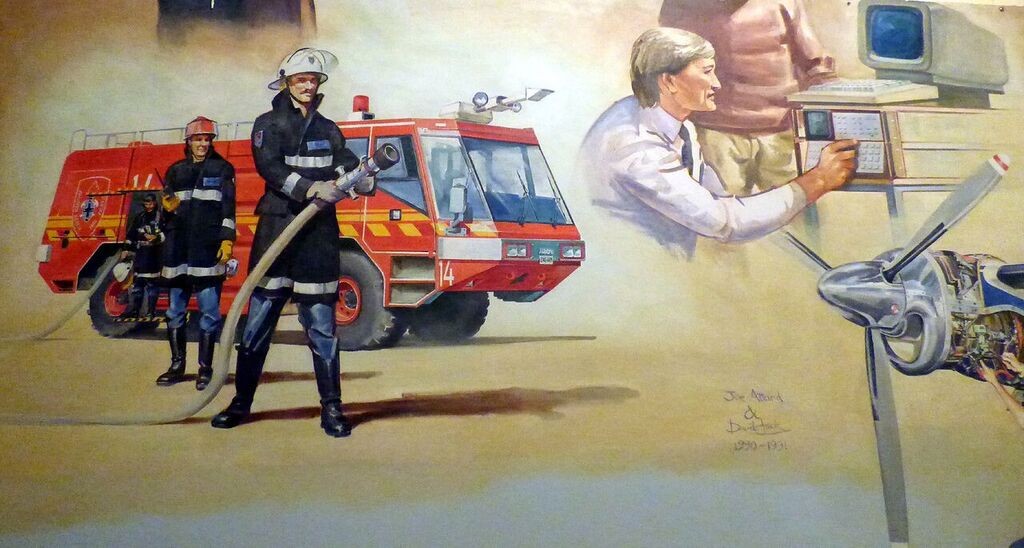
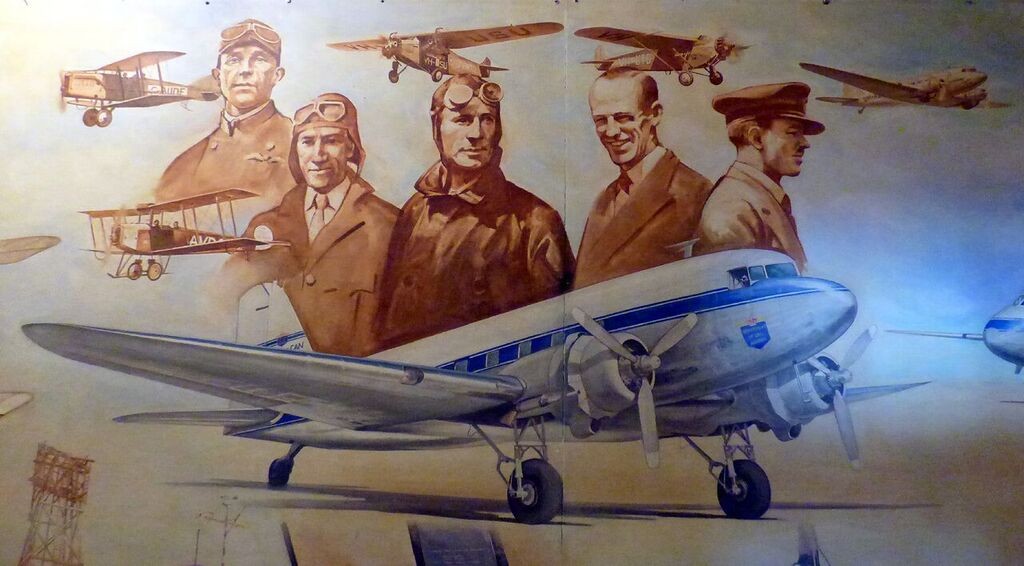
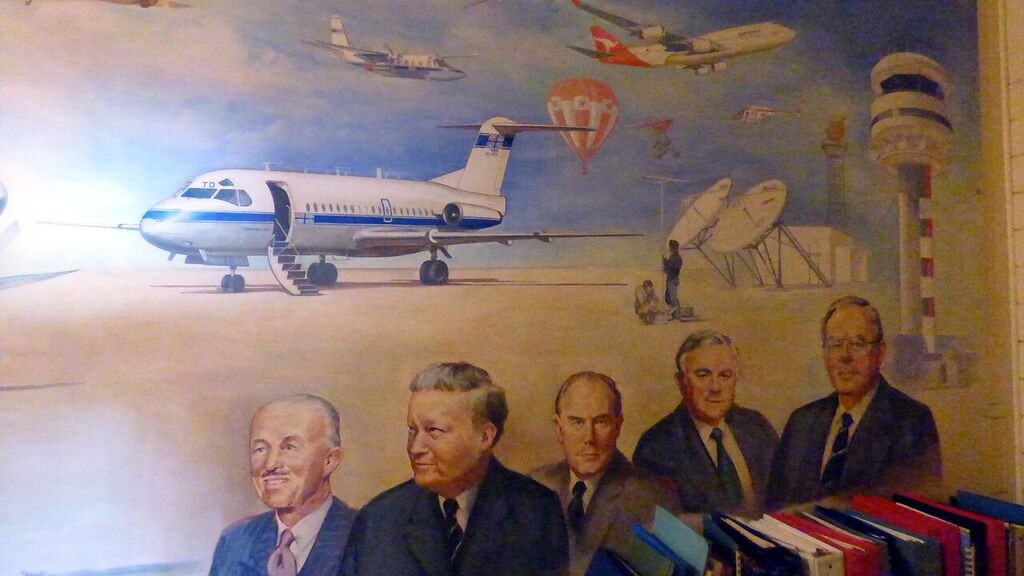
Leave a Reply